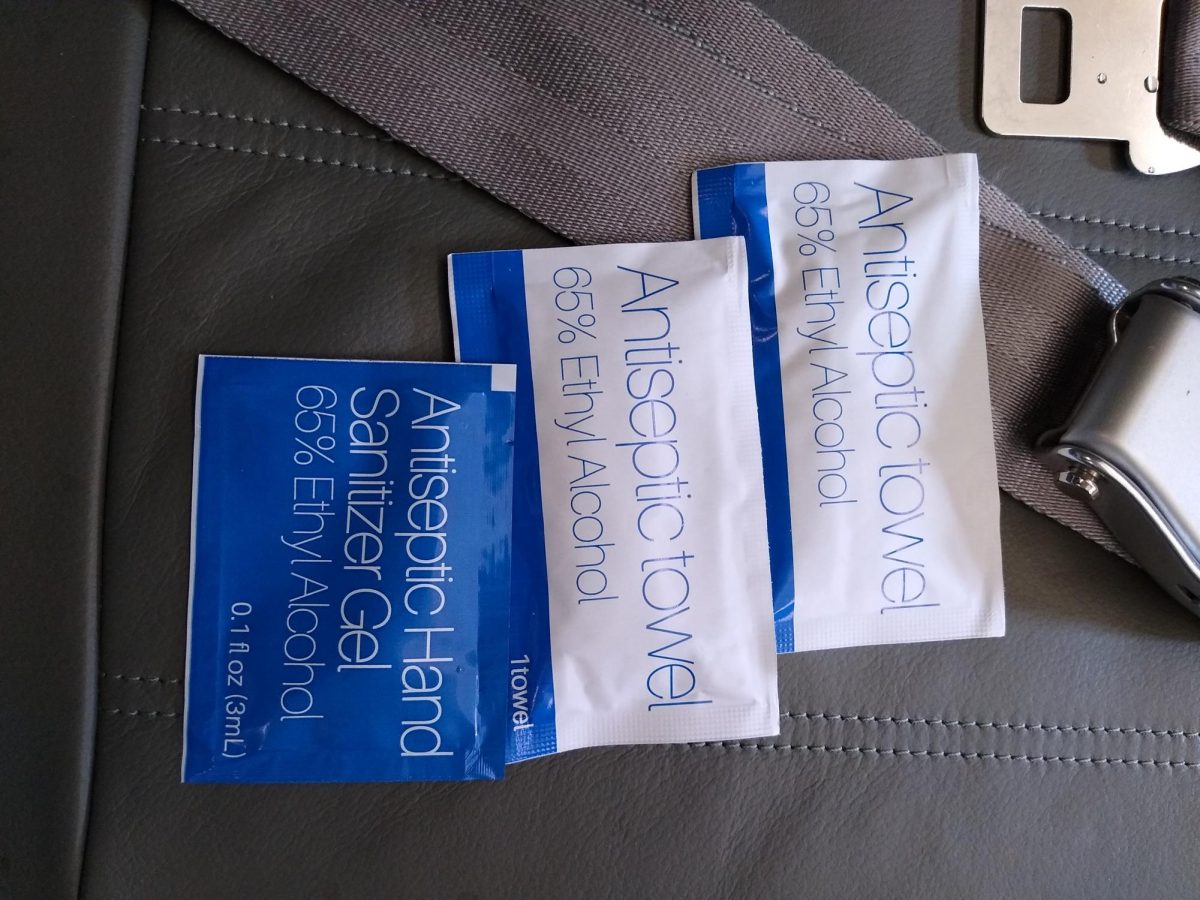February 8, 2024, was the 81st anniversary of the American victory in the Solomon
Islands at the Battle of Guadalcanal in World War II. After six straight months of fighting, the Americans finally ended the Japanese occupation and made good on their promise to continue to defeat Japan after the American success at Midway turned the tide of the war.
In May 1942, the Japanese established a naval base in the southern Solomon Islands (now an independent nation made of islands to the southeast of Papua New Guinea) and an airfield on Guadalcanal in July. Realizing this could soon disrupt their communication strategies the US Navy called together an invasion force from the US Marines and Navy with the help of some Australian ships. On August 7, 1942, the forces attacked Guadalcanal and Tulagi (an island to the north) and surprised the Japanese, who fled, which then allowed 11,000 Marines to land on the island without a fight.
However, the following night, the Japanese navy staged their counterattack. They attacked four cruisers that were stationed at tiny Savo Island, just to the north of Guam, and sank the U.S. vessels, costing the American navy at least one thousand seamen. The rest of the ships fled, carrying the Marine’s heavy equipment and artillery. This left the Marines on the island in a dire situation.
The Japanese began landing more troops on the island, but the Marines were busy finishing the airstrip that the Japanese had started. That airstrip, for which the island was attacked for, became the focus of the campaign, and by September it was receiving US planes that harassed the Japanese navy, forcing the Japanese to switch tactics. They began to shelter their ships at their base at Rabaul in the northern Solomons by day and run destroyers filled with men by night, who would be dropped off before the ships fled.
After building up these forces relatively unopposed, the Japanese began fierce attacks on the Marine perimeter surrounding Henderson Field in mid-September. Despite the Japanese forces’ reckless bravery, the Marines were able to fight them off. The Marines then turned to taking patrols to explore and attack the Japanese in the dense jungle.
The climax of sea fighting in the Solomons came in the Naval Battle of Guadalcanal (November 12–15, 1942). On November 11–12, the U.S. landed supplies and reinforcements on the island. Meanwhile, a fleet of Japanese transports, carrying 7,000 soldiers, was sailing southward from Rabaul, escorted by several battleships and a large screen of cruisers and destroyers. The Americans, upon discovering this threat to their vulnerable logistics forces, dispatched a force of cruisers and destroyers to delay the Japanese. The result was a series of brutal, confused, and close-range engagements in the dark of night, which claimed two Japanese battleships and four other warships, along with many American casualties.
However, this stopped Japanese troop landings, leaving the United States in a position of strength in the southern Solomons. At this, the American forces on the island were increased to 50,000, and the Japanese, realizing that further resistance was futile, evacuated. The evacuations were complete on February 8, 1943, and made the Guadalcanal campaign a great American victory.















